Historien om Kronborg er dramatisk - mægtige konger, forbudt kærlighed, skæbnesvangre krige og fester, der gav genlyd i hele Europa.
Gennem århundreder var Kronborg et magtcentrum for de danske konger, ikke bare her i Danmark, men i hele Nordeuropa. Træd indenfor og gå på opdagelse i de lange gange, snoede trapper og kæmpestore balsale, der har lagt mure til nogle af danmarkshistoriens vigtigste fortællinger.
Highlights på Kronborg
1.
Kronborg samlede Europas elite til royalt rave party
Til kongens fester gik man amok på renæssancemåden og fyrede den bogstavelig talt af. For når musikken spillede og gæsterne skålede, rungede det ud over Øresund. Hver gang kongen løftede glasset, svarede kanonerne ved at skyde ud over sundet. Historierne gav genlyd i hele Europa og inspirerede blandt andet Shakespeare til den dramatiske fortælling om den danske prins "Hamlet".
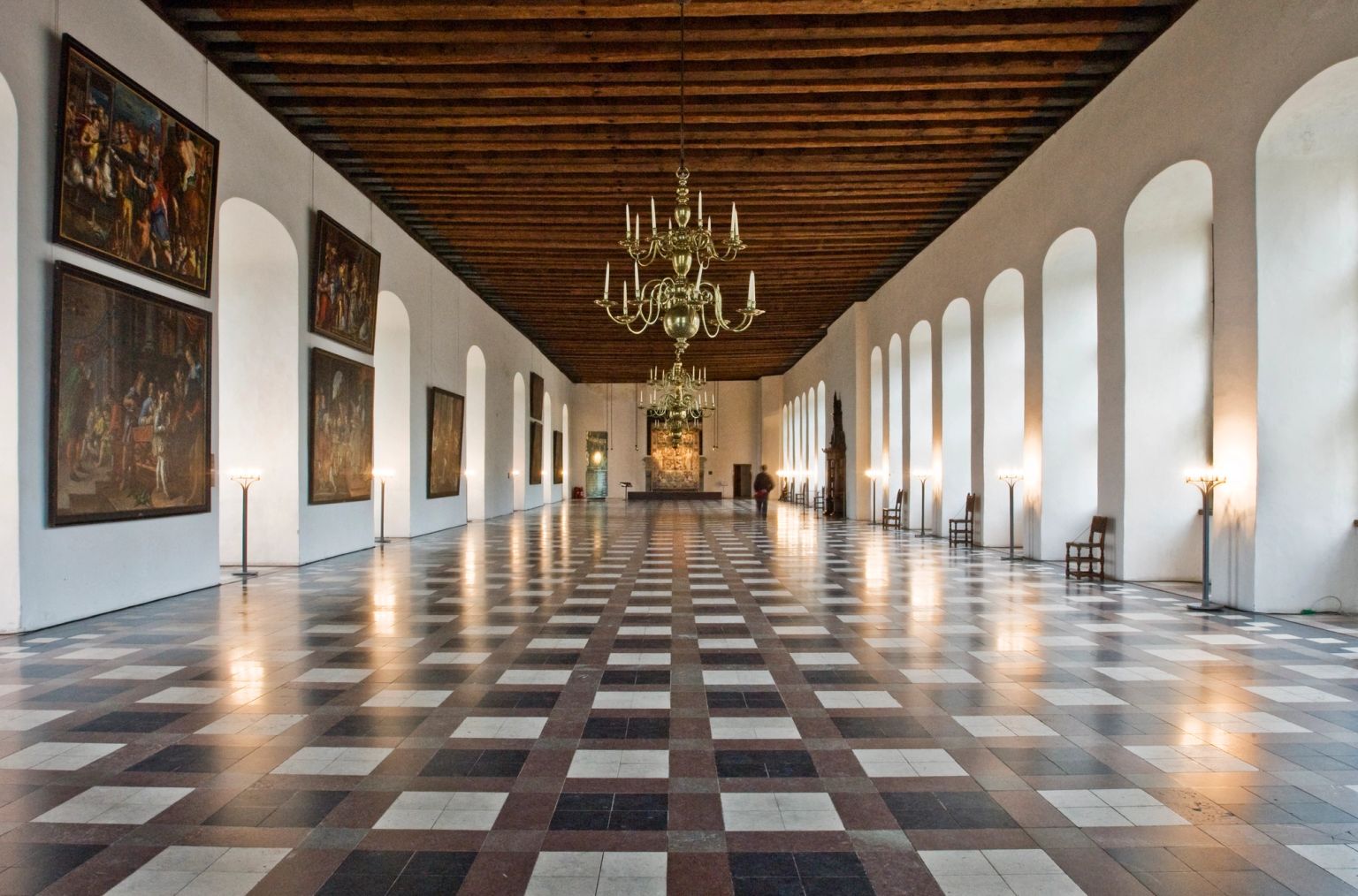
2.
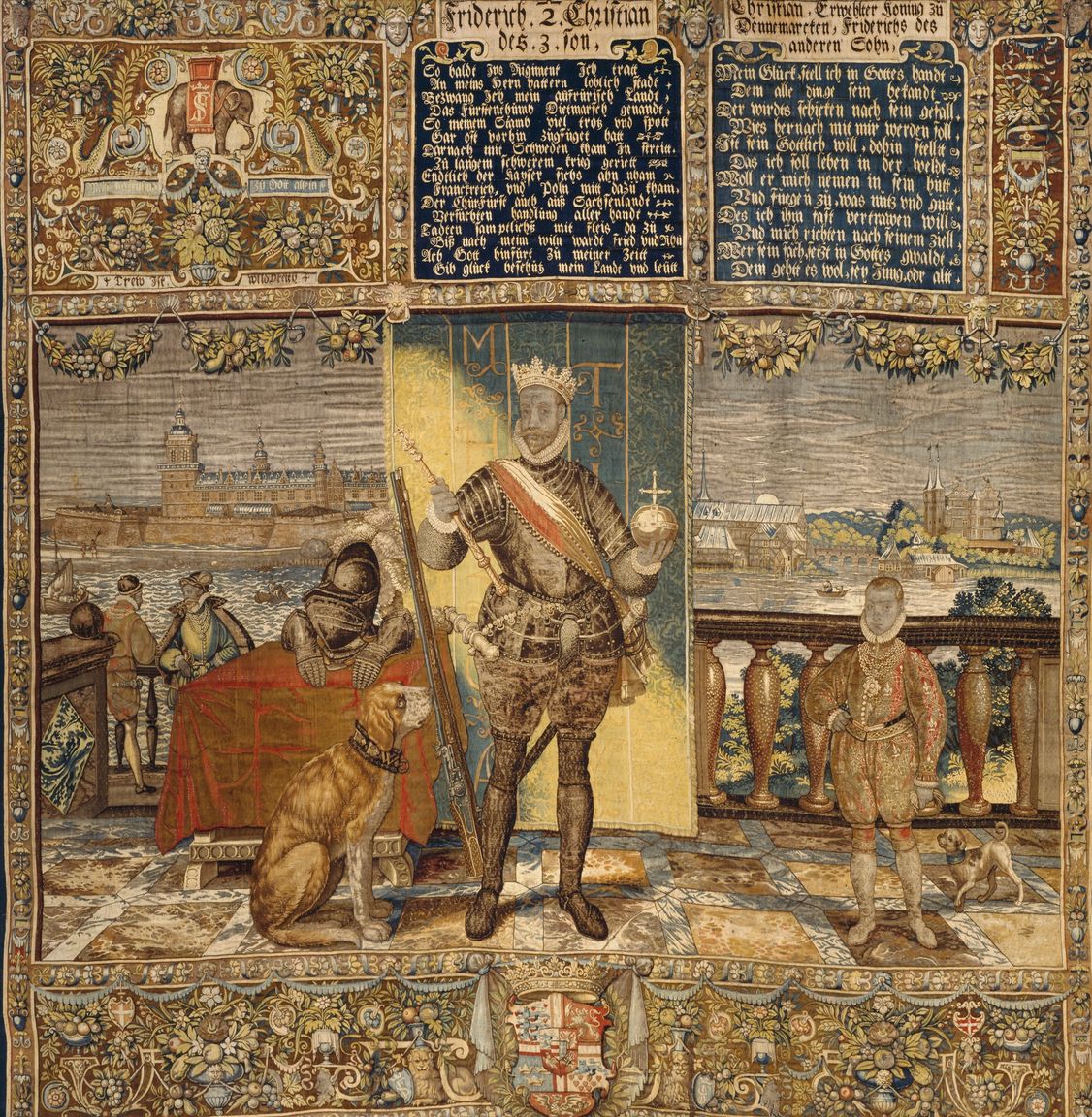
Pral, pragt og propaganda
Kongetapeterne på Kronborg er ren blær. Frederik 2. bestilte dem for at vise sin magt og status. I alt blev det til 43 tapeter, som viste 101 regenter - fra sagnkongen Dan til Christian 4 - lavet af datidens fineste silke og dygtigste håndværkere i Europa. Der blev ikke kun lavet pynt til dansesalen, men også pyntet en del på historien om de danske konger og deres bedrifter. Kun 15 af disse skatte har overlevet op til i dag, og du kan se nogle af dem her på Kronborg.

3.
Kærlighedens høje pris
Caroline Mathildes skæbne blev bestemt af kærlighed. Som dronning forelskede hun sig i kongens livlæge, Struensee. Det kostede ham hovedet og hende friheden. Hun sad fængslet her på Kronborg og fik aldrig sine børn at se igen, efter hun forlod slottet og blev forvist til Tyskland hvor hun døde, kun 23 år gammel.
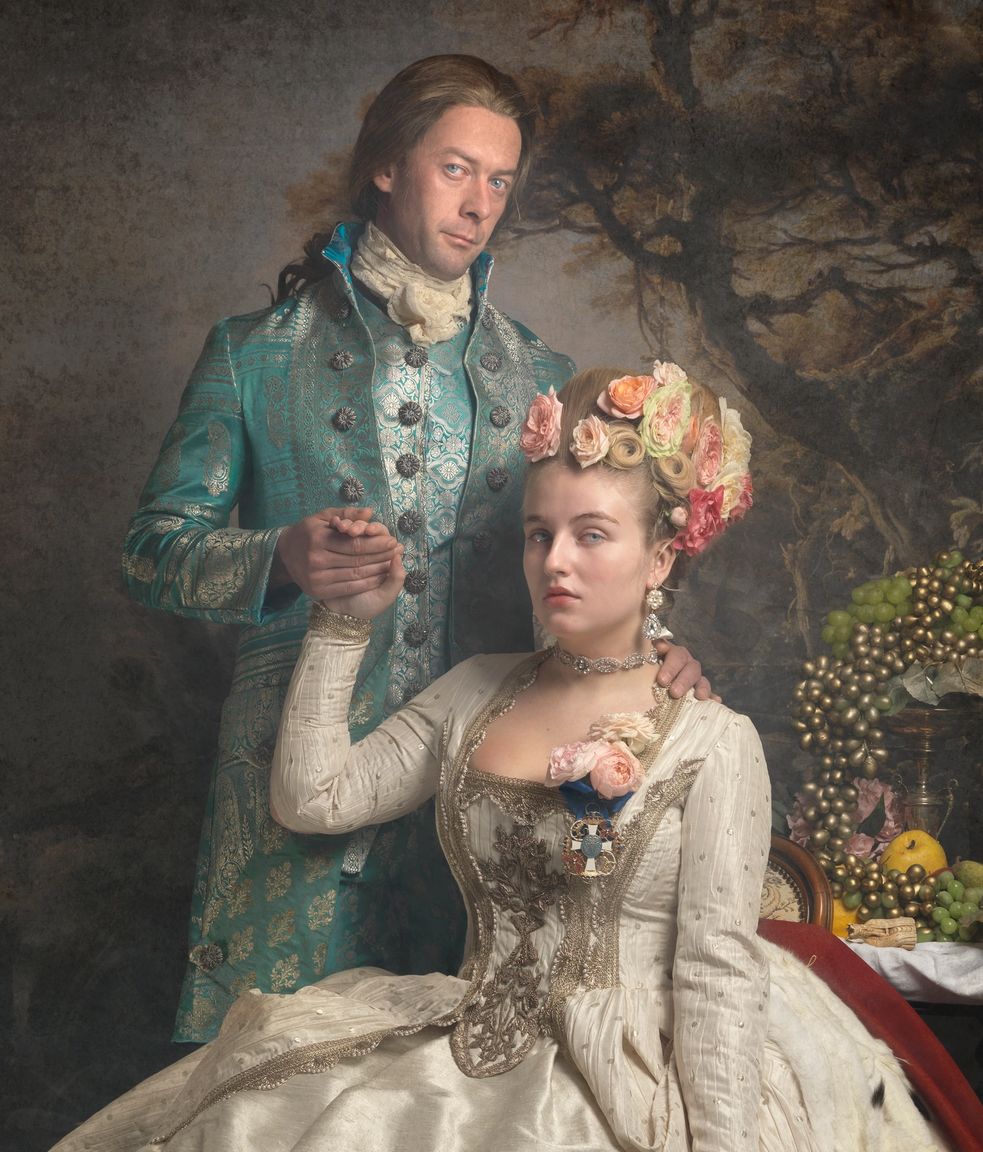
4.
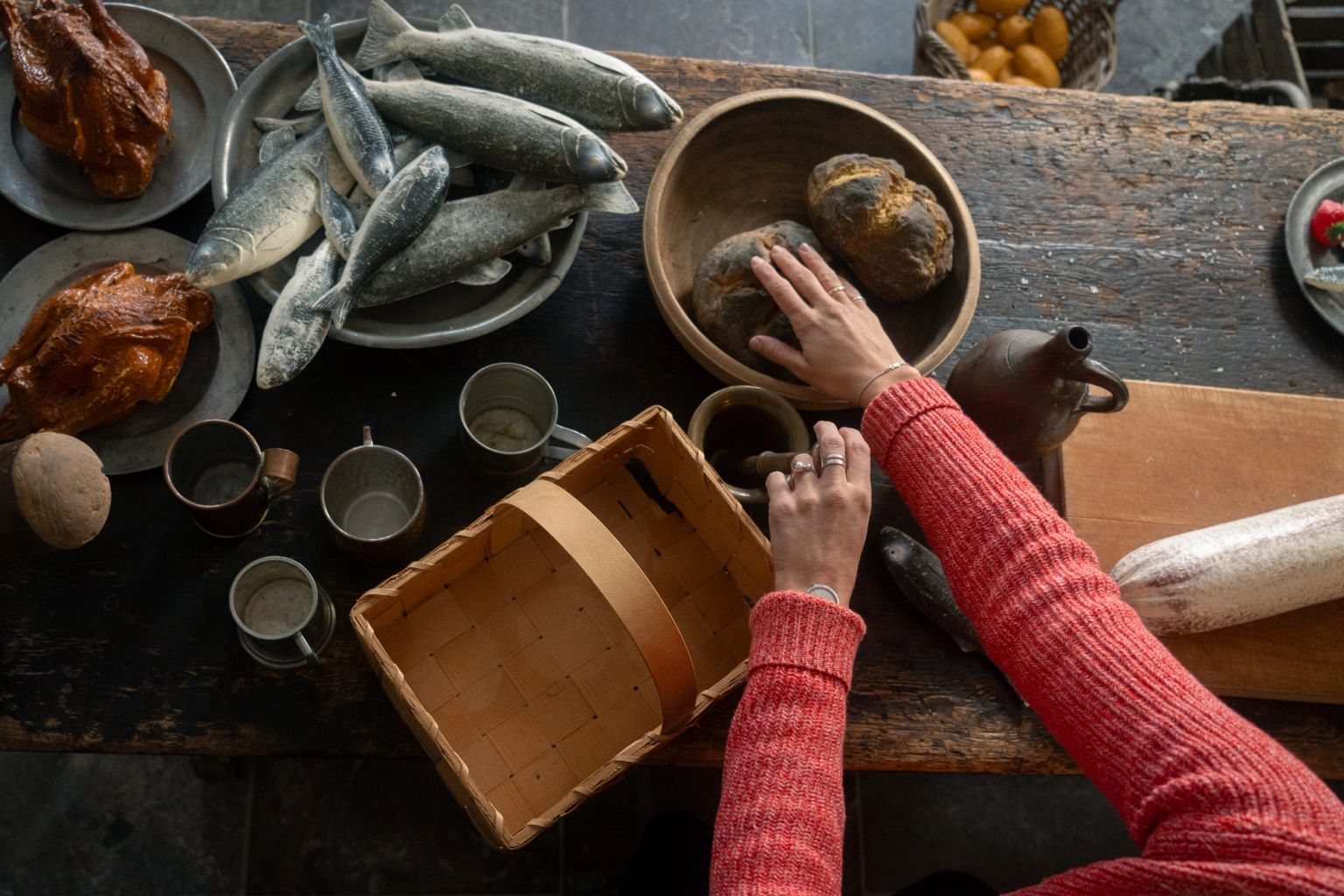
Overdådige festmåltider og groteske mængder
Mens de kongelige festede, knoklede køkkenet. Her sikrede mundskænken, at maden ikke var forgiftet mens kokken forvaltede de eksotiske og kostbare råvarer. Træd med ned i køkkenerne, hvor op til 50 retter blev tryllet frem til de kongelige festmåltider. Det kunne løbe op i mere end 9 timer at komme igennem middagen, og ofte måtte man tage pauser og brækspande i brug.

5.
Det sidste vidnesbyrd om det oprindelige slot
I 1629 brændte Kronborg ned og kun kapellet stod tilbage efter efter branden. Christian 4. genrejste slottet, men satte sit eget præg på genopførelsen, og fik blandt andet bygget sin egen kongeloge i slotskapellet, så han kunne sidde ophøjet over pøblen og præsten. Ingen skulle være i tvivl om hierarkiet mellem kirke og konge og hvem der bestemte.

6.
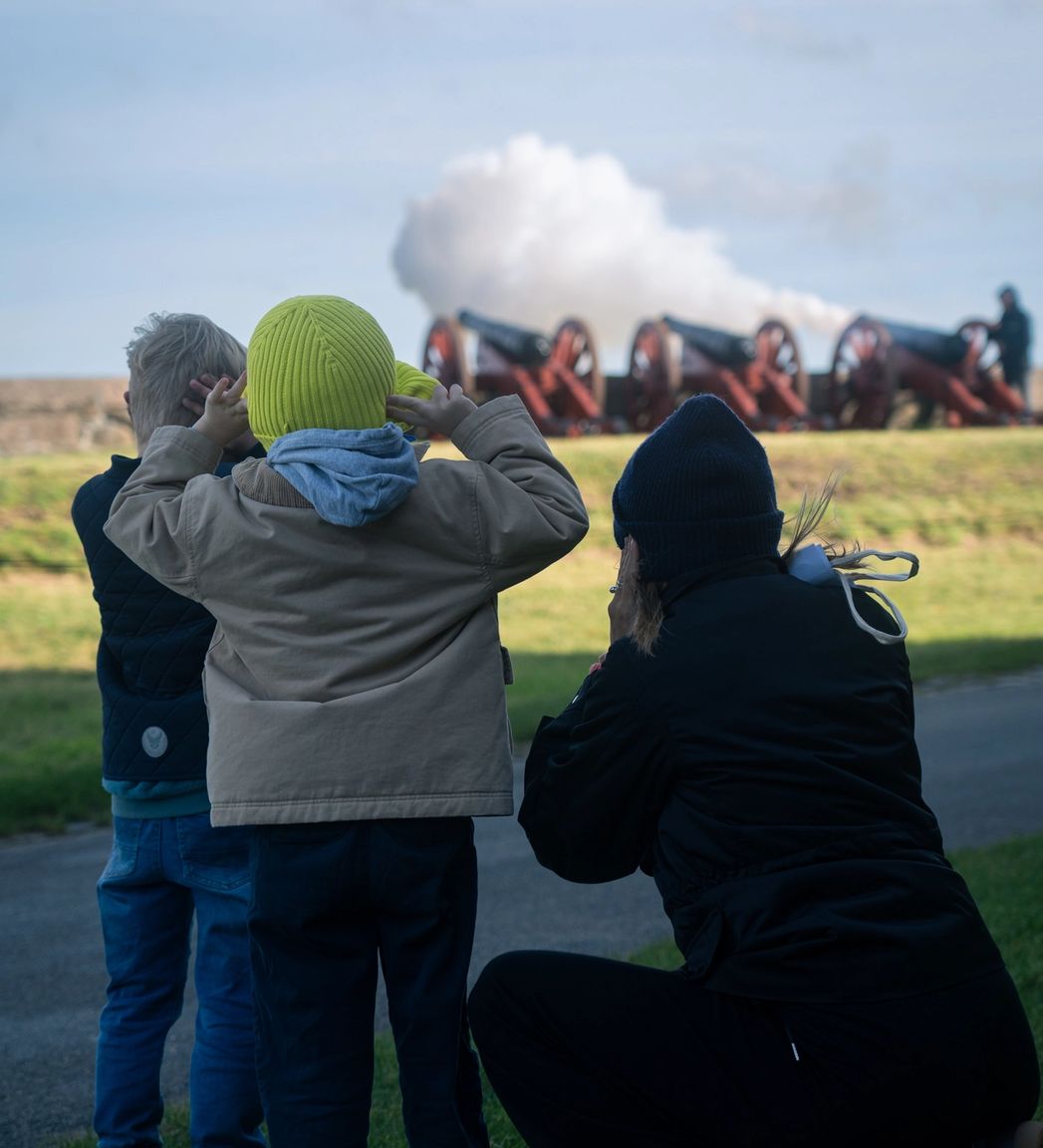
Kanoner og krudt på Kronborg
Er du heldig, kan du opleve de imponerende kanoner på Kronborg i aktion. Ved særlige lejligheder affyres de stadig, og du kan mærke suset fra denne gamle tradition. Kanonerne har været en del af slottets historie som fæstning, brugt til både forsvar og fest. I dag affyres de som en hyldest til fortiden, og det er en oplevelse, der fylder slottet med både brag og eventyrstemning. Hold øje med kalenderen – måske er det under dit besøg, at kanonerne lyder!
Læs mere om kanonsaluteringer her


